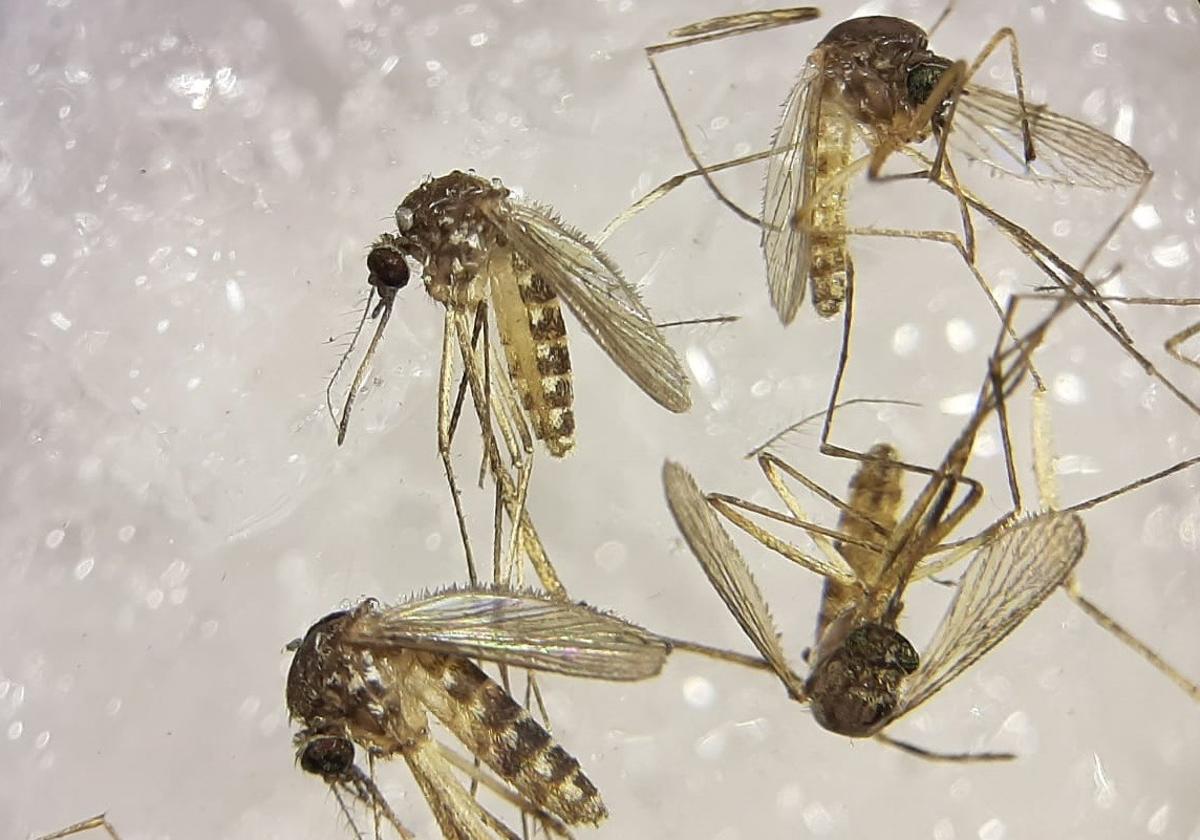Sindbis virus detected for first time in Spain in mosquitoes in Andalucía
The infected insects have been recorded in various towns in the region, including some in Malaga province. In humans it is usually asymptomatic, occasionally causing symptoms such as fever, skin irritations, joint pain and/or headache
SUR
Malaga
Tuesday, 11 February 2025, 16:20
Joint research led by teams from the Carlos III Institute of Health (ISCIII) and the Doñana Biological Station (EBD-CSIC), both of which are part of Spain's Ministry of Science, Innovation and Universities, has identified, for the first time in Spain, the presence of the Sindbis virus in mosquitoes in the southwest of the Spanish mainland. This finding marks an important advance in the knowledge of the circulation of this virus in southern Europe and is an example of the importance of monitoring and studying the transmission routes of viruses that cause infectious diseases. The results of the work have been published in the journal One Health.
Sindbis virus belongs to the genus Alphavirus and is mainly transmitted by mosquitoes of the genus Culex. The virus is zoonotic (i.e. it is transmitted from animals to humans) and circulates among birds, which are its main host, but can occasionally affect humans when a mosquito infected with the virus feeds on human blood. Although the virus is usually asymptomatic, it can occasionally cause symptoms such as fever, skin irritations, joint pain and/or headache, as has been observed in South Africa and northern Europe.
To carry out the research, 31,920 mosquitoes, grouped in 1,149 batches, captured in 2022 in western Andalucía, were analysed. Sindbis virus was detected in 137 batches (11.92%) and in five different mosquito species, with the Culex perexiguus species showing the highest infection rate. In addition, it was detected in different localities in the provinces of Malaga (samples were taken in Campillos and Fuente de Piedra), Seville, Huelva and Cadiz, with the latter having the highest infection rate.
Genomic analysis of the strains detected in Spain revealed that they all belong to genotype I, previously detected in other areas of Europe and in Africa. The Spanish strains showed low genetic variation and were closely related to strains from Algeria and Kenya, suggesting a recent introduction of the virus into Spain by migratory birds, possibly from northern (Algeria) or central Africa.
This discovery was made possible thanks to the collaboration of the ISCIII and CSIC with the Junta de Andalucía's West Nile Virus Surveillance and Control Programme in Vectors. It highlights the importance of surveillance programmes in the early detection of emerging pathogens. The authors note that further studies are needed to further determine the public health impact of this virus in Spain.
According to Ana Vázquez and Rafael Gutiérrez from the CNM-ISCIII, "The importance of this finding lies in the possibility of investigating the importance that this virus may have in public health, if it is producing infections in humans and taking into account the knowledge acquired to improve the differential diagnosis with other arboviruses".
María José Ruiz López and Jordi Figuerola from the Estación Biológica de Doñana-CSIC, add: "The study demonstrates the circulation of a virus with potential public health importance long before human cases have been detected, so it is very important to know the possible spread of this virus in Spain and to establish the real impact it may have on the health of the population.
